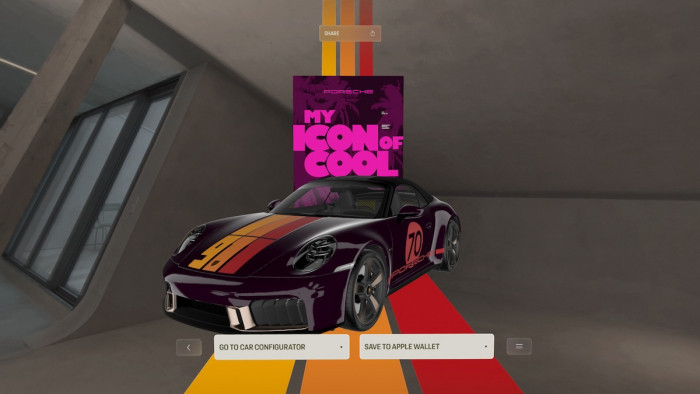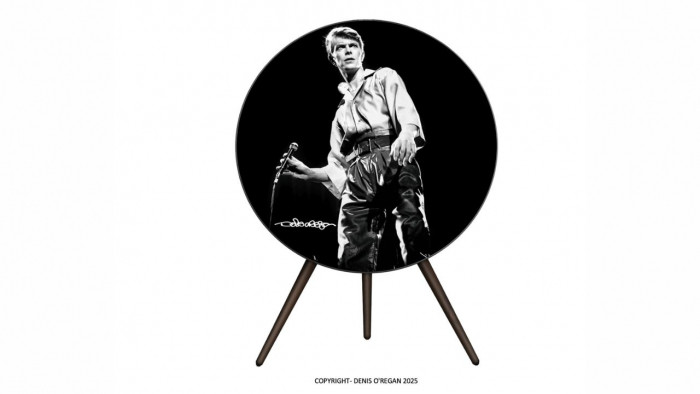We controlled a video game with our eyeballs and we think it's the future
This could change every screen you ever interact with


"Now, if you look at any point of cover and press 'A', you'll move there automatically."
I'm seated at a large, powerful MSI gaming laptop playing The Division with Ubisoft Senior Producer Stuart White. I don't think I've blinked for around two minutes. I'm controlling some of the actions of my character with my eyes - and it's incredible.
If I hold down a button, all the available areas of cover become active, allowing me to select my next position with my pupils. Another button tap and my eyes can scan an enemy for a more accurate shot. Flick my eyes to the upper left hand corner of the screen and the level map magically gains focus.
"We were lucky enough to have Tobii contact us," says White, recalling the moment they first started contemplating letting players control The Division with their pupils. "I'll admit that at first we were a little bit hesitant. One of the first things we had one of our engineers come up with is the map interaction..."
By calling up a map on the screen, just looking at a place I want to go highlights it for me, plotting a course through The Division's world. "Once we saw the power of that, we just started pushing it further..."
It's a subtlety that's infuriatingly minor to describe, but comes together in a manner that totally transforms the way you immerse yourself in the game.
Attached to the underside of the laptop's screen is a bar containing three small cameras, each looking intently at my face. It looks exactly like the sensor bar of the Nintendo Wii. This is the EyeX - the product of Tobii Technology, one of the leaders of the niche field of eye tracking technology - that has the capacity to change just about every screen-based gadget you own.
"The initial idea came when one of our founders John Elvesjö was studying at the Royal Institute of Technology in Sweden," explains president of Tobii Tech Oscar Werner.
"He was taking photos in the surface chemistry lab, capturing images of bubbles in liquid. He had a camera that was able to track these bubbles - and these liquid bubbles are very similar to your eye. As he took the camera and turned it around, he realised it was following his own eyes. That's when the idea came, that this has to go into every computer device in the world."
That was back in 2001. Tobii is now on the cusp of becoming a very, very big deal to a wide range of consumer technology groups. They've already helped retailers with studies of where shoppers look in their stores, and helped thousands of individuals with restrictive physical conditions access their computers via their eyeballs. You can now buy an EyeX Controller for €119 (£93), opening up new functions in a host of compatible video games - including The Division, Assassin's Creed: Rogue and Microsoft's detailed Flight Simulator.

But that's just the start.
With Tobii's eye trackers integrated into a headset, virtual reality experiences will become significantly more "real": rather than wiggling your head around like a loony, images will be able to focus and pan with adjustments carefully calibrated to your eyes.
In television screens, the eye trackers can provide clear 3D images without glasses, as individual images are directed into your pupils rather than through the lenses of 3D glasses.
In mobile phones, the cameras would let you navigate through pages without the need of touching your screen (a crude version of this - control via head movement - is available on your iPhone and other devices).
"We're going to have a very big year," promises Werner.
I can believe him. I'm imagining this technology in an Oculus Rift, in an iPhone, on a car dashboard ensuring you're looking at that road hazard, on an ad display that recognises you're looking at it. Just about every screen interaction you can conceive of could be tweaked - subtly - to include a whole new level of immersion with Tobii's technology.
Keep your eyes peeled for Tobii. It's the future.








